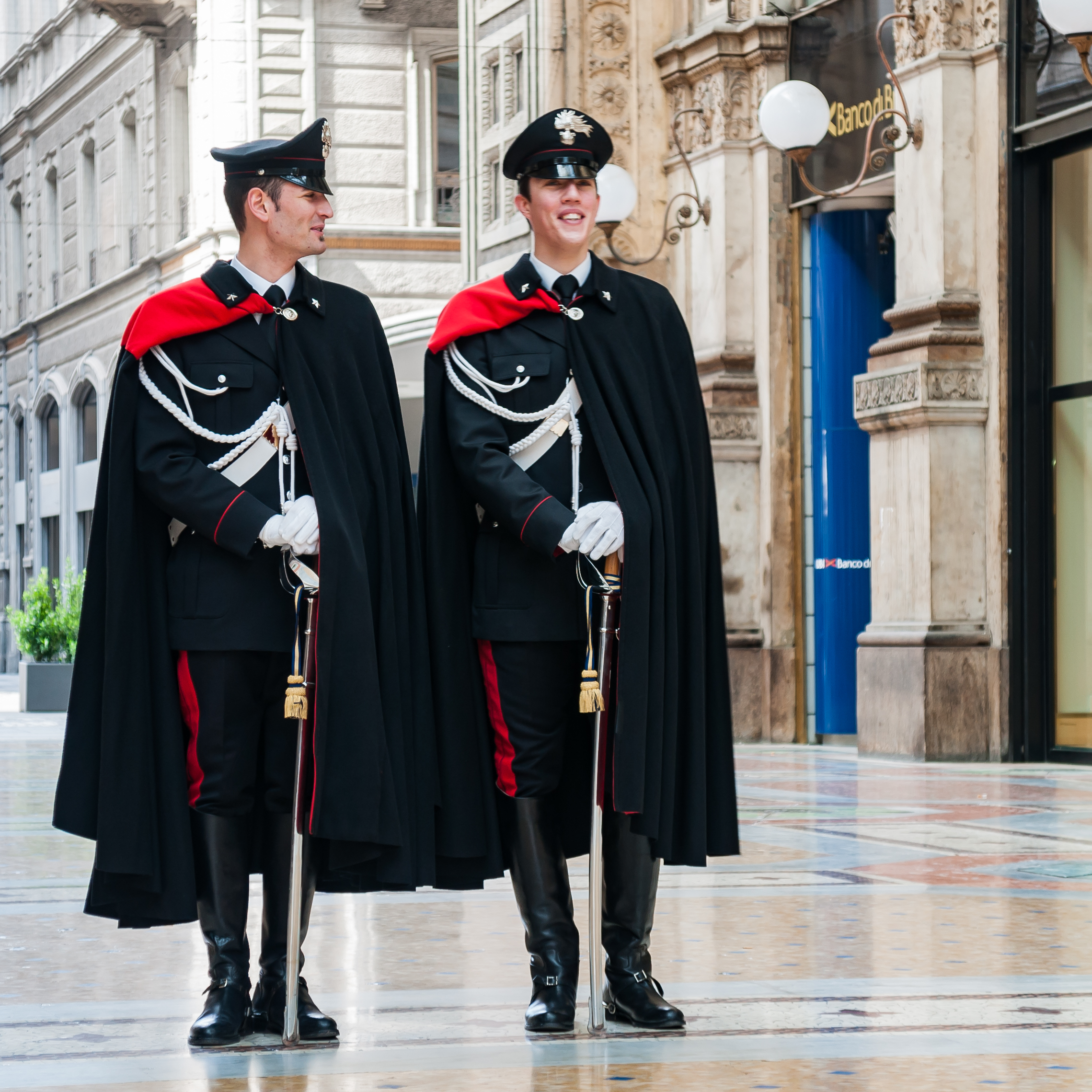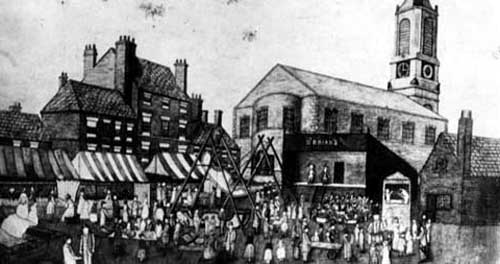|
Durban Harbour's Sir Albert
Durban Harbour's ''Sir Albert'' of 1904 was a South African steam locomotive from the pre-Union era in the Natal Colony. In 1904, the Harbours Department of the Natal Government placed a single saddle-tank locomotive, named ''Sir Albert'', in service as harbour shunting engine in Durban Harbour.Espitalier, T.J.; Day, W.A.J. (1944). ''The Locomotive in South Africa - A Brief History of Railway Development. Chapter III - Natal Government Railways'' (Continued). South African Railways and Harbours Magazine, September 1944. pp. 670-671. Port Advisory Board In 1898, a Port Advisory Board was established in Durban, responsible for the management, control, improvement, development and maintenance of the facilities at Durban Harbour. Railway operations in the harbour became the responsibility of the Harbours Department of the Government of Natal. Harbours Department of the Government of Natal Manufacturer In 1904, the Natal Harbours Department placed a single saddle-tank locomotiv ... [...More Info...] [...Related Items...] OR: [Wikipedia] [Google] [Baidu] |
Albert Henry Hime
Lieutenant-Colonel Sir Albert Henry Hime, (29 August 1842 – 13 September 1919) was a Royal Engineers officer and later a prominent politician in the Colony of Natal. Early life and career Hime was born in Kilcoole, County Wicklow, on the Ballydonarea Loop, and educated at Trinity College Dublin. In May 1866 he married Josephine Searle in Plymouth, and three months later moved to Bermuda to work on a causeway there. Lieutenant Hime began drafting up his plan for the Causeway in 1867, and it would take four years before the project was finished. When it was finished, Hime delivered a report to Governor Lefroy in front of some 6,000 residents (approximately half of the population), describing his accomplishment as "solid and substantial...without any attempt at ornament" which would have increased the project's cost (the cost of construction, £27,000, was £2,000 more than the colonial government raised in total revenues that year). Lefroy responded that Hime's name would beco ... [...More Info...] [...Related Items...] OR: [Wikipedia] [Google] [Baidu] |
Cape Government Railways
The Cape Government Railways (CGR) was the government-owned railway operator in the Cape Colony from 1874 until the creation of the South African Railways (SAR) in 1910. History Private railways The first railways at the Cape were privately owned. The Cape Town Railway and Dock Company started construction from Cape Town in 1859, reaching Eerste River by 1862 and Wellington by 1863. Meanwhile, by 1864, the Wynberg Railway Company had connected Cape Town and Wynberg. For the moment, railway development at the Cape did not continue eastwards beyond Wellington because of the barrier presented by the mountains of the Cape Fold Belt. Formation of CGR The discovery of diamonds, and the consequent rush to Kimberley that started in 1871, gave impetus to the development of railways in South Africa. Shortly afterwards, in 1872, the Cape Colony attained responsible government under the leadership of Prime Minister John Molteno, who presented plans for an enormous network of railways ... [...More Info...] [...Related Items...] OR: [Wikipedia] [Google] [Baidu] |
Railway Locomotives Introduced In 1904
Rail transport (also known as train transport) is a means of transport that transfers passengers and goods on wheeled vehicles running on rails, which are incorporated in Track (rail transport), tracks. In contrast to road transport, where the vehicles run on a prepared flat surface, rail vehicles (rolling stock) are directionally guided by the tracks on which they run. Tracks usually consist of steel rails, installed on Railroad tie, sleepers (ties) set in track ballast, ballast, on which the rolling stock, usually fitted with metal wheels, moves. Other variations are also possible, such as "slab track", in which the rails are fastened to a concrete foundation resting on a prepared subsurface. Rolling stock in a rail transport system generally encounters lower friction, frictional resistance than rubber-tyred road vehicles, so passenger and freight cars (carriages and wagons) can be coupled into longer trains. The rail transport operations, operation is carried out by a ... [...More Info...] [...Related Items...] OR: [Wikipedia] [Google] [Baidu] |
Cape Gauge Railway Locomotives
A cape is a clothing accessory or a sleeveless outer garment which drapes the wearer's back, arms, and chest, and connects at the neck. History Capes were common in medieval Europe, especially when combined with a hood in the chaperon. They have had periodic returns to fashion - for example, in nineteenth-century Europe. Roman Catholic clergy wear a type of cape known as a ferraiolo, which is worn for formal events outside a ritualistic context. The cope is a liturgical vestment in the form of a cape. Capes are often highly decorated with elaborate embroidery. Capes remain in regular use as rainwear in various military units and police forces, in France for example. A gas cape was a voluminous military garment designed to give rain protection to someone wearing the bulky gas masks used in twentieth-century wars. Rich noblemen and elite warriors of the Aztec Empire would wear a tilmàtli; a Mesoamerican cloak/cape used as a symbol of their upper status. Cloth and clothin ... [...More Info...] [...Related Items...] OR: [Wikipedia] [Google] [Baidu] |
Hunslet Locomotives
Hunslet () is an inner-city area in south Leeds, West Yorkshire, England. It is southeast of the Leeds city centre, city centre and has an industrial past. It is situated in the Hunslet and Riverside (ward), Hunslet and Riverside ward of Leeds City Council and Leeds Central (UK Parliament constituency), Leeds Central parliamentary constituency. The population of the previous City and Hunslet council ward at the 2011 census was 33,705. Many engineering companies were based in Hunslet, including John Fowler & Co. manufacturers of traction engines and steam rollers, the Hunslet Engine Company builders of locomotives (including those used during the construction of the Channel Tunnel), Kitson & Co., Manning Wardle and Hudswell Clarke. Many railway locomotives were built in the Jack Lane area of Hunslet. The area has a mixture of modern and 19th century industrial buildings, terraced house, terraced housing and 20th century housing. It is an area that has grown up significantly a ... [...More Info...] [...Related Items...] OR: [Wikipedia] [Google] [Baidu] |
C Locomotives
C, or c, is the third letter in the Latin alphabet, used in the modern English alphabet, the alphabets of other western European languages and others worldwide. Its name in English is ''cee'' (pronounced ), plural ''cees''. History "C" comes from the same letter as "G". The Semites named it gimel. The sign is possibly adapted from an Egyptian hieroglyph for a staff sling, which may have been the meaning of the name ''gimel''. Another possibility is that it depicted a camel, the Semitic name for which was ''gamal''. Barry B. Powell, a specialist in the history of writing, states "It is hard to imagine how gimel = "camel" can be derived from the picture of a camel (it may show his hump, or his head and neck!)". In the Etruscan language, plosive consonants had no contrastive voicing, so the Greek ' Γ' (Gamma) was adopted into the Etruscan alphabet to represent . Already in the Western Greek alphabet, Gamma first took a '' form in Early Etruscan, then '' in Classical ... [...More Info...] [...Related Items...] OR: [Wikipedia] [Google] [Baidu] |
Individual Locomotives Of South Africa
An individual is that which exists as a distinct entity. Individuality (or self-hood) is the state or quality of being an individual; particularly (in the case of humans) of being a person unique from other people and possessing one's own needs or goals, rights and responsibilities. The concept of an individual features in diverse fields, including biology, law, and philosophy. Etymology From the 15th century and earlier (and also today within the fields of statistics and metaphysics) ''individual'' meant " indivisible", typically describing any numerically singular thing, but sometimes meaning "a person". From the 17th century on, ''individual'' has indicated separateness, as in individualism. Law Although individuality and individualism are commonly considered to mature with age/time and experience/wealth, a sane adult human being is usually considered by the state as an "individual person" in law, even if the person denies individual culpability ("I followed ... [...More Info...] [...Related Items...] OR: [Wikipedia] [Google] [Baidu] |
Harbour Locomotives
A harbor (American English), harbour (British English; see spelling differences), or haven is a sheltered body of water where ships, boats, and barges can be docked. The term ''harbor'' is often used interchangeably with ''port'', which is a man-made facility built for loading and unloading vessels and dropping off and picking up passengers. Ports usually include one or more harbors. Alexandria Port in Egypt is an example of a port with two harbors. Harbors may be natural or artificial. An artificial harbor can have deliberately constructed breakwaters, sea walls, or jettys or they can be constructed by dredging, which requires maintenance by further periodic dredging. An example of an artificial harbor is Long Beach Harbor, California, United States, which was an array of salt marshes and tidal flats too shallow for modern merchant ships before it was first dredged in the early 20th century. In contrast, a natural harbor is surrounded on several sides of land. Examples of ... [...More Info...] [...Related Items...] OR: [Wikipedia] [Google] [Baidu] |
Central South African Railways
The Central South African Railways (CSAR) was from 1902 to 1910 the operator of public railways in the Transvaal Colony and Orange River Colony in what is now South Africa. During the Anglo-Boer War, as British forces moved into the territory of the Orange Free State and the South African Republic, the Orange Free State Government Railways, the Netherlands-South African Railway Company and the Pretoria-Pietersburg Railway were taken over by the Imperial Military Railways under Lieutenant-Colonel Sir Percy Girouard. After the war had ended, the Imperial Military Railways became the Central South African Railways in July 1902, with Thomas Rees Price as general manager. With the creation of the Union of South Africa in 1910, the CSAR was merged with the Cape Government Railways and the Natal Government Railways to form the South African Railways, which is now Transnet Freight Rail. References Further reading * Defunct railway companies of South Africa Railway companies estab ... [...More Info...] [...Related Items...] OR: [Wikipedia] [Google] [Baidu] |
Hunslet Engine Company
The Hunslet Engine Company is a locomotive-building company, founded in 1864 in Hunslet, England. It manufactured steam locomotives for over 100 years and currently manufactures diesel shunting locomotives. The company is part of Ed Murray & Sons. History The early years 1864–1901 The company was founded in 1864 at Jack Lane in Hunslet by John Towlerton Leather, a civil engineering contractor, who appointed James Campbell (son of Alexander Campbell, a Leeds engineer) as his works manager. The first engine was completed in 1865. It was ''Linden'', a standard gauge delivered to Brassey and Ballard, a railway civil engineering contractor as were several of the firm's early customers. Other customers included collieries. This basic standard gauge shunting and short haul "industrial" engine was to be the main-stay of Hunslet production for many years. In 1871, James Campbell bought the company for £25,000 (payable in five instalments over two years) and the firm rema ... [...More Info...] [...Related Items...] OR: [Wikipedia] [Google] [Baidu] |





